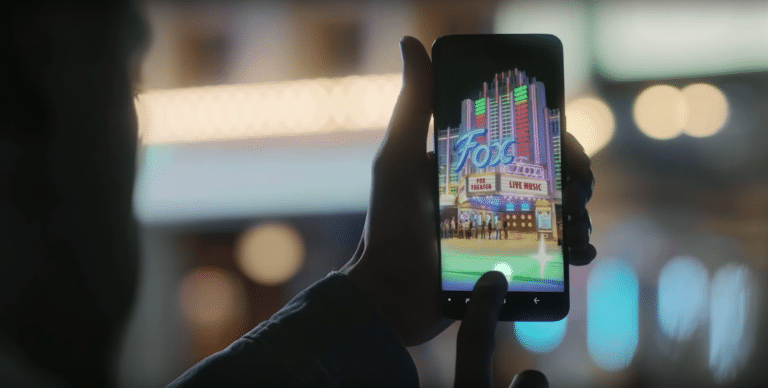
One striking realization about spatial computing is that we’re almost seven years into the sector’s current stage. This traces back to Facebook’s Oculus acquisition in early 2014 that kicked off the current wave of excitement….including lots of ups and downs in the intervening years.
That excitement culminated in 2016 after the Oculus acquisition had time to set off a chain reaction of startup activity, tech-giant investment, and VC inflows for the “next computing platform.” But when technical and practical realities caught up with spatial computing….it began to retract.
Like past tech revolutions – most memorably, the dot com boom/bust – spatial computing has followed a common pattern. Irrational exuberance is followed by retraction, market correction, and scorched earth. But then a reborn industry sprouts from those ashes and grows at a realistic pace.
That’s where we now sit in spatial computing’s lifecycle. It’s not the revolutionary platform shift touted circa-2016. And it’s not a silver bullet for everything we do in life and work as once hyped. But it will be transformative in narrower ways, and within a targeted set of use cases and verticals.
This is the topic of ARtillery’s recent report, Spatial Computing: 2020 Lessons, 2021 Outlook. Key questions include, what did we learn in the past year? What are projections for the coming year? And where does spatial computing — and its many subsegments — sit in its lifecycle?

Mobile: The First Step
Picking up where we left off in the last installment in this series, AR’s headworn endgame is still years away. But its near-term opportunity is alive today in the mobile realm. This involves the more scalable manifestation of the technology that’s activated through the smartphone camera.
In fact, one of mobile AR’s longstanding confidence signals is the sheer size of the smartphone installed base. Compared to the uphill battle that AR glasses face, mobile AR — though challenged in its own ways — has an easier climb due to ubiquitous hardware.
But more important than the smartphone base is the share of that universe that’s AR-compatible. The fastest-growing AR compatibility in today’s smartphone landscape is with Snapchat, Facebook, and web AR, according to ARtillery Intelligence’s Mobile AR forecast.
Breaking that down a bit, the greatest compatibility comes from web AR, with 3.04 billion units. That’s followed by Facebook (1.58 billion) ARkit (1.19 billion), TikTok (950 million), ARCore (633 million) and Snapchat (265 million). These aren’t necessarily AR active devices.
AR active devices are a subset of that total. ARtillery Intelligence estimates that total to be 598 million, which is a de-duplicated figure that factors in platform overlap. This is projected to grow to 1.73 billion by 2024 as more advanced hardware cycles in, and as AR acclimates culturally.

Horse Race
One thing that jumps out from the above figures is that there isn’t a correlation between compatibility and active-use. For example, web AR’s compatibility lead is contrasted by its trailing active use – a mark of growth potential and ample headroom for the nascent AR modality.
TikTok is in a similar boat with promising reach but underdeveloped AR. Snapchat conversely has the lowest compatibility among platforms (265 million) but the second-highest active use (about 200 million). This gives it the greatest ratio of AR active users per compatible device.
Facebook sits somewhere in the middle with a diversified AR approach (News Feed, Messenger, Portal). But Instagram could be the real ace up its sleeve given a cultural match with camera-forward users, and natural monetization with the product-discovery use case it’s conditioned.
TikTok is also a sleeping giant in mobile AR. In fact, it now sits in a position that’s similar to where Snapchat was several years ago before it launched its Lens Studio developer platform. If TikTok is able to do similarly by scaling up lens creation through a platform approach, it could be formidable.
See the full report here and we’ll circle back with more excerpts in the coming weeks.

